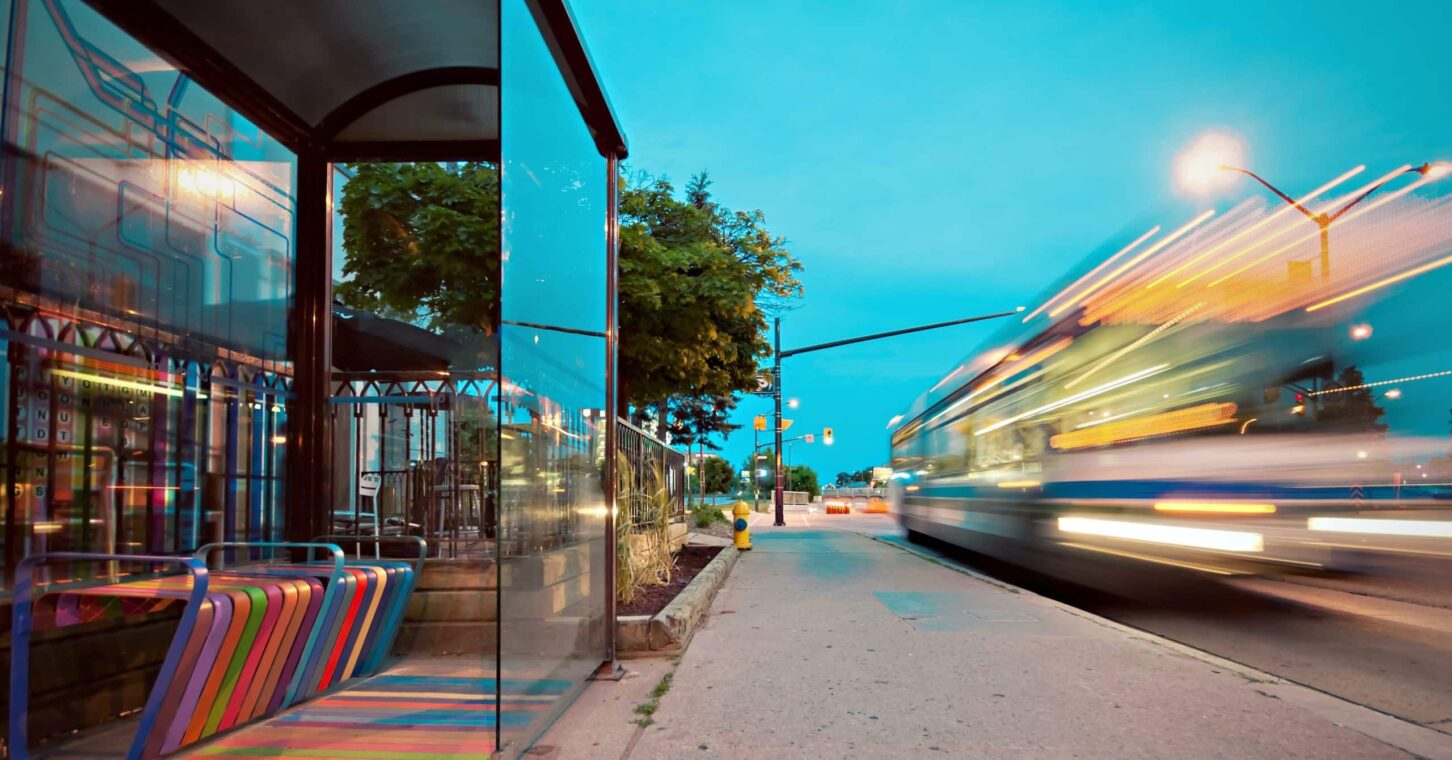
Atlanta may have reached an important breakthrough recently in its long-running debates about transportation infrastructure. After years of discussing expansions of rail, MARTA’s Board of Directors voted July 14 to pursue bus rapid transit (BRT) rather than light rail to enhance its service southwest Atlanta’s Campbellton Road corridor.
MARTA’s projections found that using BRT in the corridor, which connects residential and commercial areas with the agency’s existing heavy rail line, is projected to improve trip times over current bus service at a lower cost and faster delivery time than light rail. This is exactly the kind of win-win outcome with BRT that the Georgia Public Policy Foundation has long championed.
With more and more people moving to the Atlanta area every day, new residents and businesses would benefit from effective public transportation solutions. The Campbellton Corridor spans a 6-mile stretch from the Ben Hill neighborhood to the Oakland City rail station, including Greenbriar Mall.
MARTA estimates construction costs for the BRT lines will be $130 million instead of $340 million for light rail. In an era of decreased ridership caused by the COVID-19 pandemic, developing BRT instead of light rail makes even more sense because it is scalable and costs less to build.. In addition to the lower construction costs, it may be cheaper to operate BRT absent a very large ridership.
With traffic projected to become increasingly congested in the coming years, getting new transportation online as soon as possible for residents, commuters and employers is an important goal that BRT accomplishes. MARTA estimated BRT could be completed three years sooner than the light rail proposal, by 2028. With a shorter construction timeline, the disruption caused by construction to local businesses and residents will also be greatly reduced.
While both BRT and light rail are indistinguishable in quality, light rail requires more space to operate. Designs proposed by MARTA in a recent public meeting showed the Campbellton Corridor will have dedicated BRT stations and the majority of the route will consist of dedicated bus lanes. The surrounding infrastructure will also be improved with sidewalk improvements, bike lanes and street parking along the route. The additional infrastructure required to support light rail stations and parking lots would not only increase the cost and time to complete but also take up additional space along the corridor that nearby residents and businesses could use in other ways.
New transportation projects often bring development opportunities, and light-rail proponents often highlight the increased property value surrounding public transportation as an added benefit to the community. But one study found that, while light rail increased local property values 32% on average after construction, BRT generates nearly the same at 30%. The marginal difference in property values is more than made up by the reduced costs of BRT when compared to light rail, and the cost savings that can be passed on to local residents, businesses and taxpayers.
Notably, both BRT and light rail are significantly better for local property values than heavy rail metro stations, which only increase property values on average by 20%.
Opponents of BRT often say that it is a lower quality product than rail, has fewer economic benefits for communities and takes longer. However, MARTA’s assessment of the 6-mile Campbellton Corridor shows the BRT route would only be two minutes longer than light rail. Reducing two minutes of commute time is hardly worth the additional $210 million in construction costs and $7.7 million additional annual upkeep costs.
MARTA deserves praise for picking BRT, the practical, value based, and equitable solution to public transportation in the Campbellton Corridor. It has clear advantages in costs, speed of construction, and flexibility in fuel sources, while having negligible differences in travel times, wealth brought to the surrounding community, and accessibility.